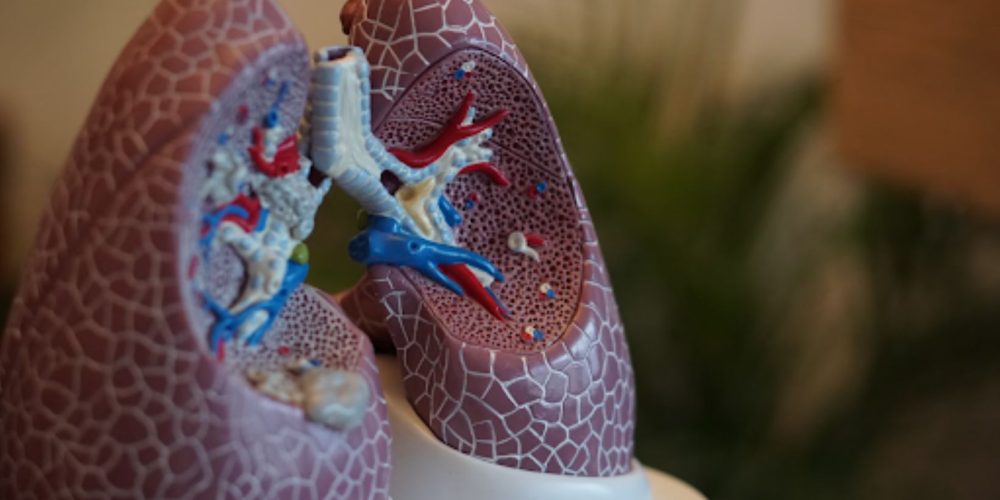Are you considering a career in respiratory therapy? Have you heard that the occupation is female-dominated? That may be true – but let’s look at the numbers to understand better how gender-balanced this industry is. Whether you’re a man or woman, it’s important to understand the landscape before making decisions about your future. This blog post dive into current data on men and women holding certification as respiratory therapists (CRTs) and registered respiratory therapists (RRTs). We’ll also discuss other factors in an equitable staff working situation for both genders – from job responsibilities to average salary. Here’s what potential professionals need to know about the role of women within this profession today.
A Closer Look at the Students
The numbers are quite enlightening regarding the demographic makeup of students pursuing studies in respiratory therapy. A glance at various respiratory therapy programs across the United States reveals a diverse student body. While certain institutions may have a higher ratio of female students, others attract a male majority. This diversity demonstrates that the field is open and welcoming to all, regardless of gender. The team behind respiratorytherapyzone.com says that testing and college study preparation materials are also becoming more accessible. As a direct result, we can expect even more diversity. This increased accessibility and inclusivity is a positive sign for the respiratory therapy field as a whole, as it ensures a more diverse pool of qualified professionals entering the workforce.
Gender Distribution in Respiratory Therapist Jobs
Regarding the gender distribution in respiratory therapist jobs, the American Association for Respiratory Care (AARC) reports that the workforce is fairly balanced. As per recent data, approximately 60% of CRTs and RRTs are female, while 40% are male. This data counters the notion that the field is overwhelmingly female-dominated.
It’s important to highlight that these ratios can vary significantly depending on geographical location and specific work settings. For instance, hospital-based roles may reflect a different gender proportion than outpatient care facilities. As the profession continues to grow and evolve, efforts are being made to ensure equal opportunities for all genders. This is crucial to maintaining the field’s integrity, fostering diversity, and providing excellence in patient care.

Historical Context
The historical evolution of the respiratory therapy profession provides valuable insight into the current gender dynamics. The field was largely male-dominated in the 1940s and 1950s, mirroring the broader healthcare industry. Women were often steered towards nursing, while men occupied roles as doctors and specialized therapists, including respiratory therapists. However, the societal changes sparked by the feminist movement in the 1960s and 1970s ushered in a new era for women in healthcare.
More women started entering previously male-dominated fields, including respiratory therapy, leading to a steady increase in female respiratory therapists over the following decades. The balance has continued to shift, and today we see a much more gender-diverse workforce within the field. These historical shifts underline the importance of continuous evaluative efforts to ensure equal representation and opportunities within the respiratory therapy profession.
Educational Pathways
Choosing the right educational pathway is a crucial first step for anyone considering a career in respiratory therapy. Most respiratory therapists hold at least an associate degree, but bachelor’s and master’s degree programs are also available.
Programs typically cover anatomy, physiology, pharmacology, and patient assessment courses combined with hands-on clinical practice to prepare students for the field. After graduation, therapists must pass a national exam to become a Certified Respiratory Therapist (CRT). Some may take further exams to attain the Registered Respiratory Therapist (RRT) credential, opening up additional job opportunities and potentially higher salaries.
It’s worth noting that these educational pathways are accessible to anyone, irrespective of gender, further reinforcing the field’s commitment to diversity and equal opportunity. These programs equip the students with the necessary skills and knowledge to excel in this profession, thus ensuring a capable and diverse workforce to cater to the needs of patients across a broad spectrum.
Workforce Statistics
In the United States, the Bureau of Labor Statistics (BLS) provides detailed data on the workforce in various sectors, including the healthcare sector. As per BLS, the employment of respiratory therapists is projected to grow 23 percent from 2016 to 2026, much faster than the average for all occupations, illustrating the high demand for these professionals. Furthermore, the median annual wage for respiratory therapists was $61,330 in May 2019, demonstrating the financial stability accompanying this profession.

Regarding gender representation, the BLS does not provide a breakdown. However, the demographic data from professional organizations like the American Association for Respiratory Care (AARC) provides a snapshot of the current gender distribution in the profession. The AARC data, as discussed earlier, shows a 60 percent to 40 percent female-to-male ratio in CRTs and RRTs.
In conclusion, while respiratory therapy may have been seen as a female-dominated field in the past, current data paints a different picture. The profession is increasingly becoming diverse and inclusive, with equal opportunities for both men and women. As the industry continues to grow and evolve, it’s essential to maintain this balance and ensure that all genders are represented in leadership and decision-making roles.






